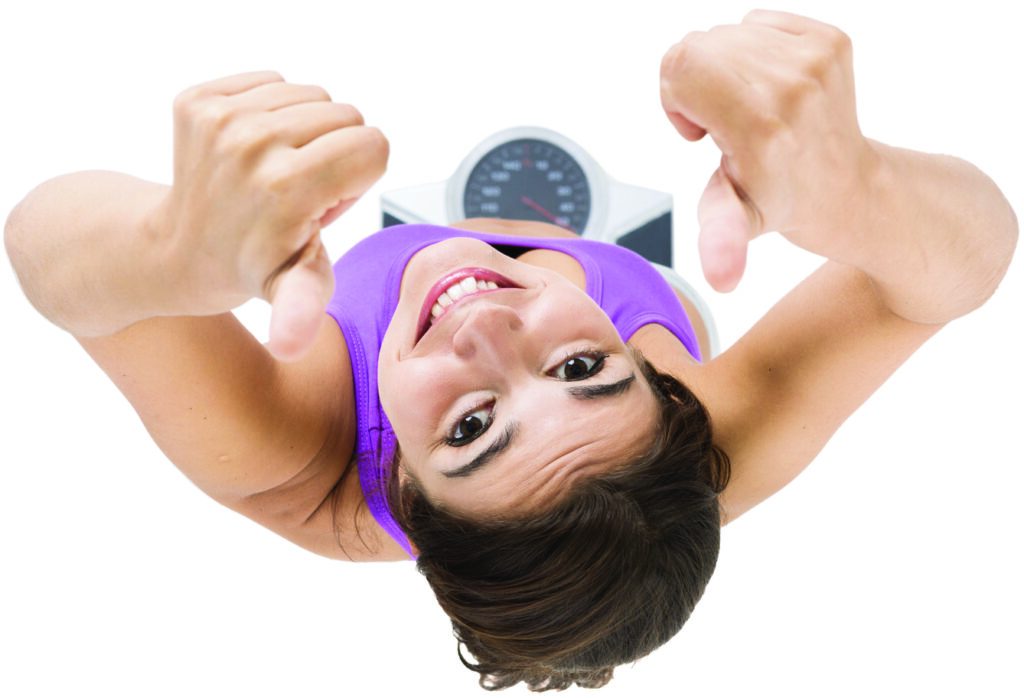Nine questions to help you get on your way to success
Diets, exercise, gym memberships… getting fit is a goal that many people share, yet few achieve. Obesity is a major problem in this country, and trying to get fit and healthy is a worthy ambition. However, many people fail. One problem is that many have unrealistic expectations when it comes to diet and exercise. Take the Central Florida Health News pop quiz to ensure you are setting realistic fitness goals.
1) True or False? A good acronym to remember the characteristics of a realistic goal is S.M.A.R.T.: goals should be Specific, Measurable, Attainable, Relevant, and Time Sensitive.
2) Which is an example of a specific goal?
- To get healthy
- To lose weight
- To lose 10 lbs.
- To look like Angelina Jolie
3) What are examples of measuring your progress?
- Keeping a chart of the number of miles, reps or workouts you’ve done
- Doing periodic weigh-ins
- Measuring body markers like your waistline
- All of the Above
4) True or False? The fitness goals you set should be neither too hard nor too easy.
5) What percentage of body weight does research suggest is an attainable amount for most overweight people to lose?
- 1% to 3%
- 5% to 10%
- 15% to 20%
- Around 25%
6) What are characteristics of a relevantgoal?
- It’s important to you in your life right now
- It’s motivating to you
- It’s not based on someone else’s idea or opinions
- All of the Above
7) Why should a fitness goal include a time frame?
- So you know when to quit
- The time constraint keeps you motivated
- Then you can let others know when you will be done
- So you can plan your fitness schedule far in advance
8) What is a realistic (and safe) amount of weight you can expect to lose in a week?
- 4-5 lbs.
- 2-6 lbs.
- 1-2 lbs.
- 6-8 lbs.
9) What is another effective motivator for helping reach your fitness goal?
- Write it down and post it where you will see it every day
- Learn it by heart
- Post it online
- Turn it into a song
Resources:
Information provided by presidentschallenge.org and the American Council on Exercise at acefitness.org.
ANSWERS
Answer 1: True. According to American Council on Exercise, the acronym S.M.A.R.T. can help keep fitness goals realistic.
Answer 2: C) To lose 10 lbs. Goals should be specific and measurable.
Answer 3: D) All of the Above. Your method for measuring or tracking your progress needs to let you know if you are closer to your goal or not.
Answer 4: True. Fitness goals that are too hard are discouraging, and those that are too easy won’t encourage you to produce results.
Answer 5: B) 5% to 10%. According to the American Council on Exercise, a realistic percentage that most people can achieve is a five to 10 percent loss of their body weight.
Answer 6: D) All of the Above. To be relevant, a fitness goal must matter to you.
Answer 7: B) The time constraint keeps you motivated. An end goal helps to keep you on track.
Answer 8: C) 1-2 lbs. A healthy weight-loss goal is one to two pounds per week, according to the American Council on Exercise.
Answer 9: A) Write it down and post it where you will see it every day. According to presidentschallenge.org, kids and adults alike benefit from writing goals down and putting them in a visible spot.
CREDITS:
story by ERIKA ALDRICH
